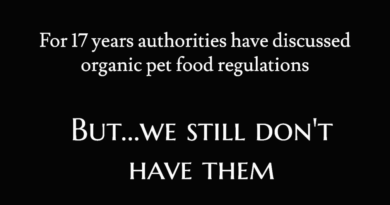Americans Toss Out Nearly a Third of Food at Home
TUESDAY, Jan. 28, 2020 (HealthDay News) — Before you throw any leftovers away, heed new research that suggests the choice could hit you right in your pocketbook.
It turns out that almost one-third of food in American households goes to waste, costing each household thousands of dollars a year, researchers report.
“Our findings are consistent with previous studies, which have shown that 30% to 40% of the total food supply in the United States goes uneaten — and that means that resources used to produce the uneaten food, including land, energy, water and labor, are wasted as well,” said study author Edward Jaenicke. He’s a professor of agricultural economics in Penn State’s College of Agricultural Sciences.
Jaenicke and his team analyzed data from 4,000 households that participated in a U.S. Department of Agriculture survey and found that, on average, about one-third of the food they obtained was wasted.
Nationwide, the cost of wasted food could total $240 billion a year. Divided by the nearly 128.6 million households in the United States, that works out to about $1,866 for the average household.
“Based on our estimation, the average American household wastes 31.9% of the food it acquires,” Jaenicke said in a university news release. “More than two-thirds of households in our study have food-waste estimates of between 20% and 50%. However, even the least wasteful household wastes 8.7% of the food it acquires.”
Households with higher income had more food waste, as did those with healthier diets that include more perishable fruits and vegetables, according to the study published recently in the American Journal of Agricultural Economics.
“It’s possible that programs encouraging healthy diets may unintentionally lead to more waste,” Jaenicke noted. “That may be something to think about from a policy perspective — how can we fine-tune these programs to reduce potential waste.”
Households that had less food waste included those with greater food insecurity, especially those that participate in the federal SNAP food assistance program (previously known as “food stamps”), and those with a larger number of members, the findings showed.
“People in larger households have more meal-management options,” Jaenicke said. “More people means leftover food is more likely to be eaten.”





best online pharmacies no prescription https://canadadrugs.pro/# – canadian pharmacy prices canadadrugs.pro